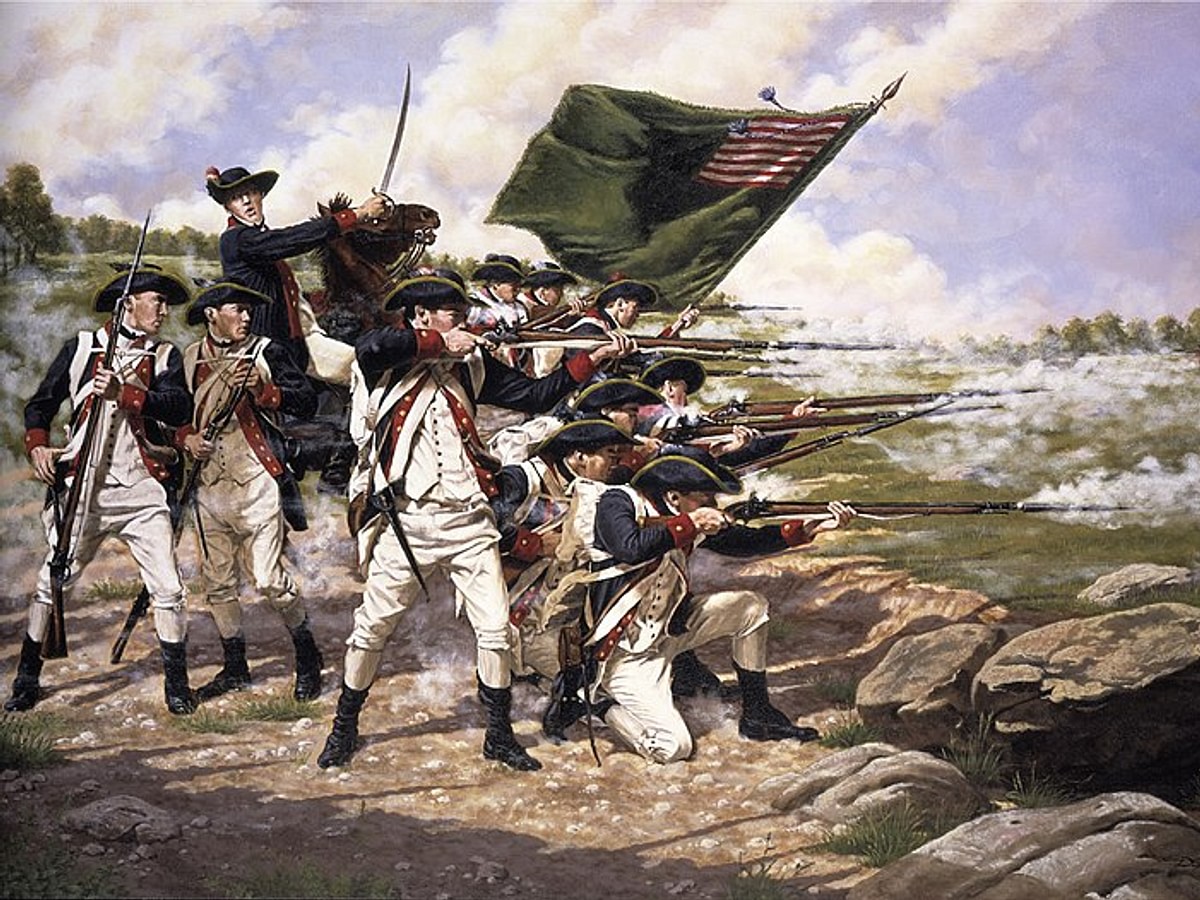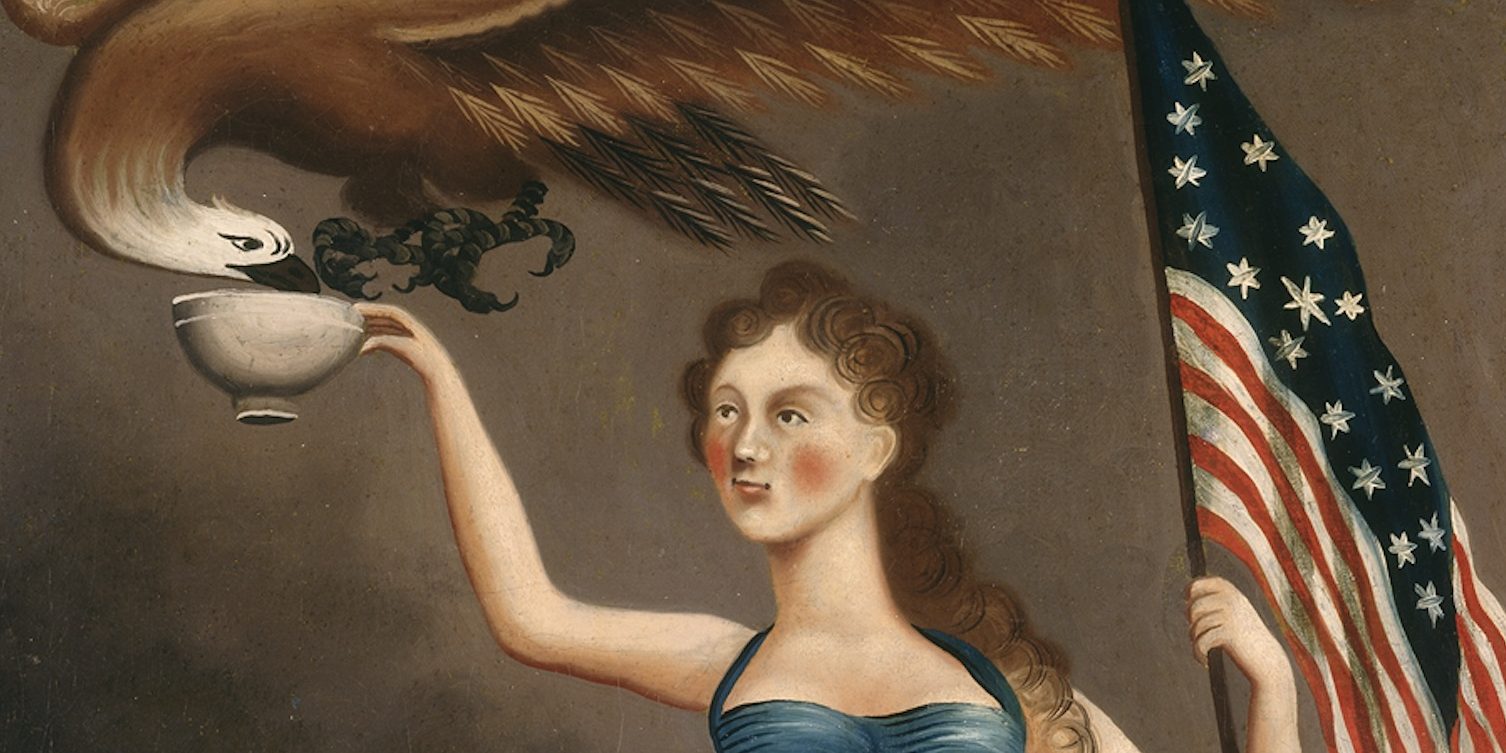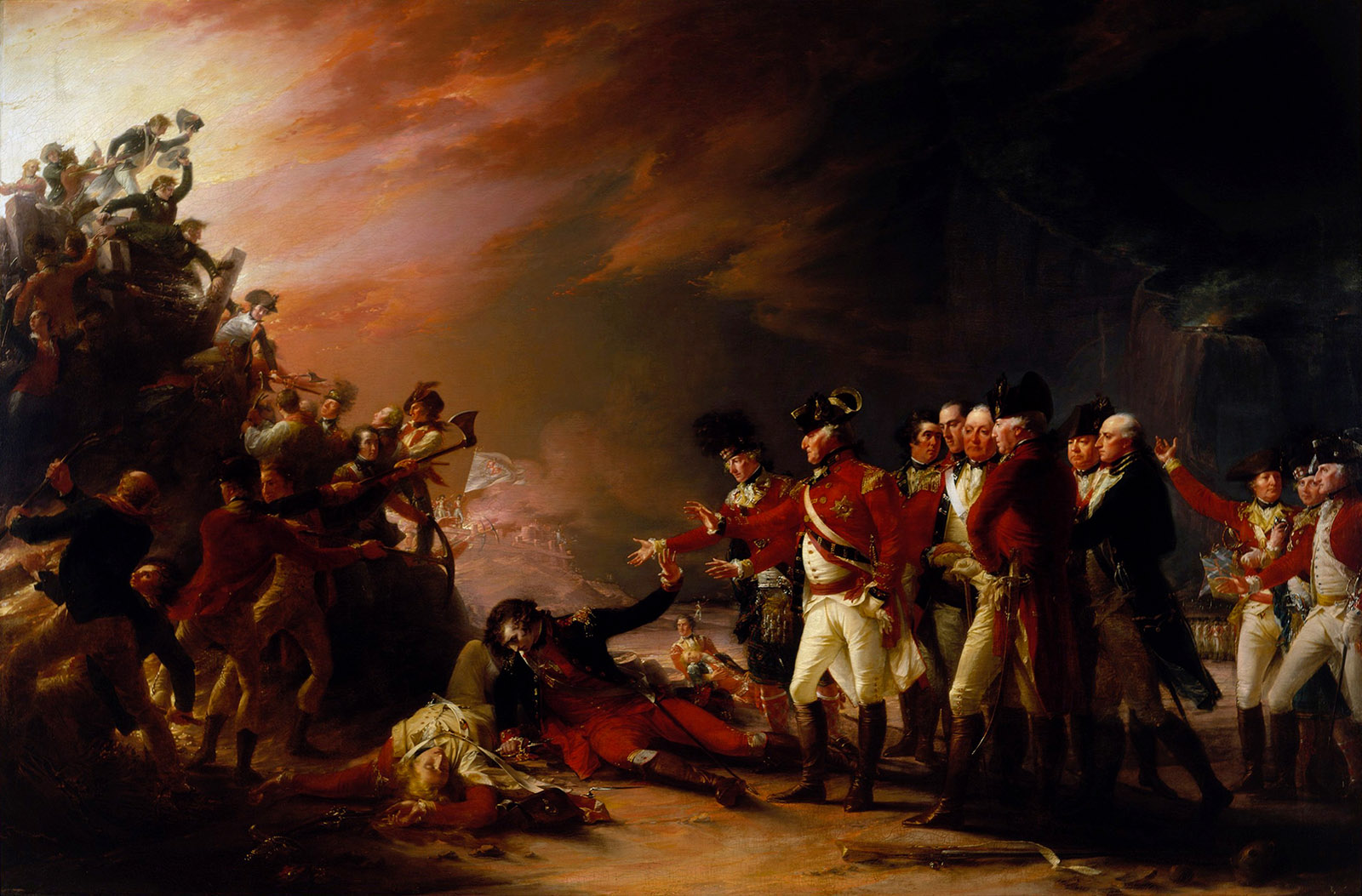The United States of America Part 3
American Transformation, Progressive Conflict and the early republic (1776-1820)
Principal articles: American Transformation and American Progressive Conflict
Additional data: History of the US (1776-1789) and History of the US (1789-1815)
See inscription
Statement of Freedom, a representation by John Trumbull portraying the Board of trustees of Five introducing the draft of the Statement to the Mainland Congress on June 28, 1776, in Philadelphia
Subsequent to winning the French and Indian Conflict, England started to state more prominent command over nearby provincial undertakings, making pioneer political obstruction; one of the essential frontier complaints was a disavowal of their privileges as Brits, especially the right to portrayal in the English government that burdened them. In 1774, the Primary Mainland Congress met in Philadelphia, and passed the Mainland Affiliation, a pilgrim blacklist of English products that demonstrated powerful. The English endeavor to then incapacitate the pilgrims brought about the 1775 Clashes of Lexington and Harmony, lighting the American Progressive Conflict.
At the Second Mainland Congress, the provinces selected George Washington president of the Mainland Armed force, and made a board of trustees drove by Thomas Jefferson to compose the Announcement of Freedom, which was taken on July 4, 1776, two days in the wake of passing the Lee Goal to make an autonomous nation. The political upsides of the American Unrest included freedom, basic individual privileges; and the sway of the people; supporting republicanism and dismissing government, nobility, and genetic political power; temperance and reliability in the exhibition of municipal obligations; and denunciation of corruption.The Principal architects of the US, who included George Washington, Benjamin Franklin, Alexander Hamilton, Thomas Jefferson, John Jay, James Madison, Thomas Paine, John Adams and numerous others, were enlivened by Greco-Roman, Renaissance, and Illumination methods of reasoning and ideas. After the English acquiescence at the attack of Yorktown in 1781 American sway was universally perceived by the Arrangement of Paris (1783), through which the U.S. acquired region extending west to the Mississippi Waterway, north to introduce day Canada, and south to Spanish Florida.The Articles of Confederation were endorsed in 1781 and laid out a decentralized government that worked until 1789.
The Northwest Law (1787) laid out the point of reference by which the country's domain would grow with the confirmation of new states, as opposed to the development of existing states. The U.S. Constitution was drafted at the 1787 Established Show to conquer the limits of the Articles. It came full circle in 1789, making a league represented by three separate branches that together guaranteed an arrangement of checks and balances. George Washington was chosen the country's most memorable president under the Constitution, and the Bill of Privileges was embraced in 1791 to ease cynics' interests about the force of the more unified government. His renunciation as president after the Upheaval and later refusal to run for a third term, laid out the point of reference of quiet exchange of force and matchless quality of common authority. Toward the west extension and the sectional emergency (1820-1861)
Additional data: History of the US (1815-1849) and Regional advancement of the US
Activity showing the free/slave status of U.S. states and domains extension, 1789-1861
The Louisiana Buy (1803) from France almost multiplied the domain of the Unified States Waiting issues with England stayed, prompting the Conflict of 1812, which was battled to a draw. Spain surrendered Florida and its Bay Coast an area in 1819. In the late eighteenth 100 years, American pilgrims started to grow toward the west, some with a feeling of manifest destiny.
The Missouri Compromise endeavored to adjust wants of northern states to forestall extension of subjugation in the country with those of southern states to extend it, conceding Missouri as a slave state and Maine as a free state and pronounced a strategy of forbidding bondage in the leftover Louisiana Buy lands north of the 36°30′ parallel. As Americans extended further into land occupied by Local Americans, the national government frequently applied strategies of Indian expulsion or assimilation. Coordinated relocations provoked a long series of Native American Conflicts west of the Mississippi. The Republic of Texas was attached in 1845, and the 1846 Oregon Settlement prompted U.S. control of the present-day American Northwest. Triumph in the Mexican-American Conflict brought about the 1848 Mexican Cession of California and a significant part of the present-day American Southwest.Issues of subjection in the new domains procured were briefly settled by the Split the difference of 1850.


:max_bytes(150000):strip_icc()/BostonTeaParty-58de95253df78c5162ad2b11.jpg)
